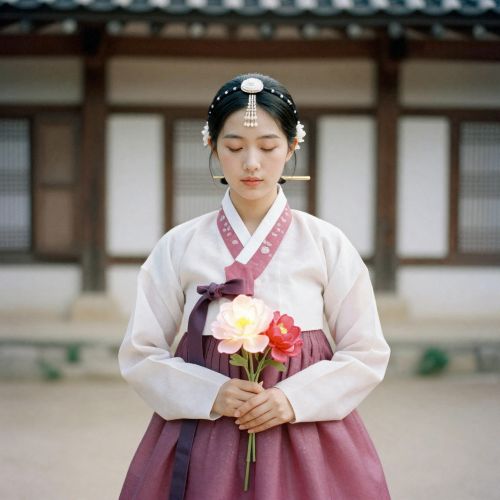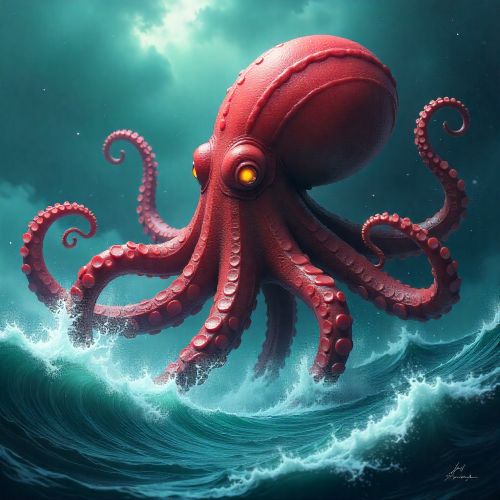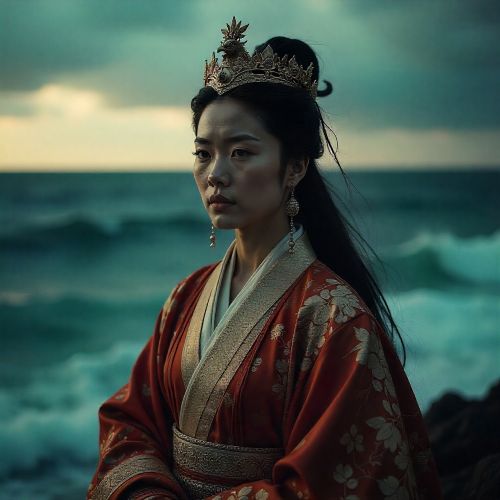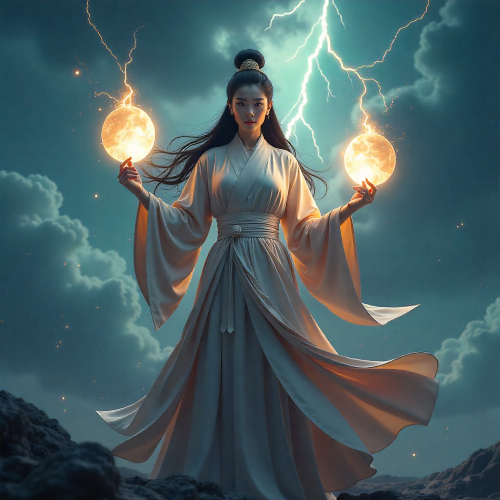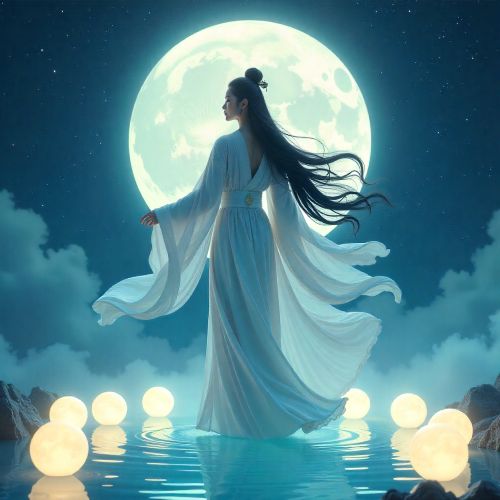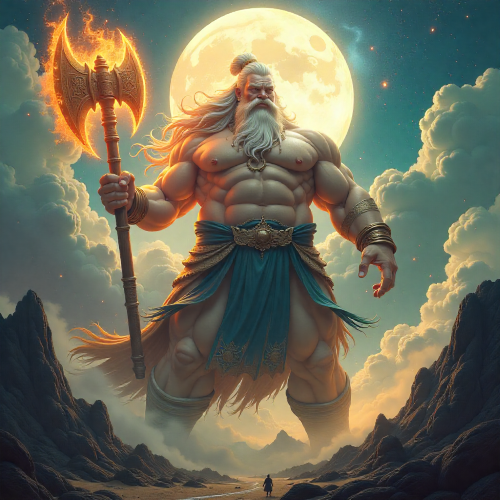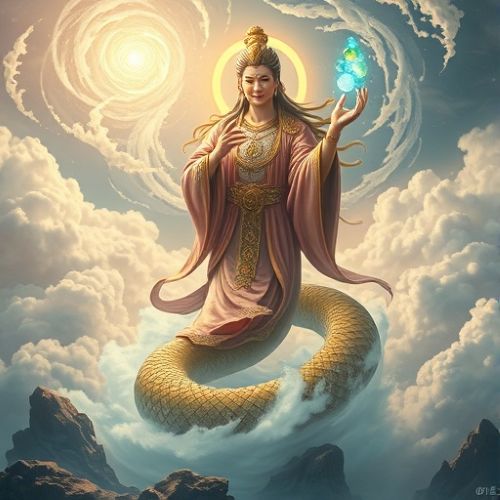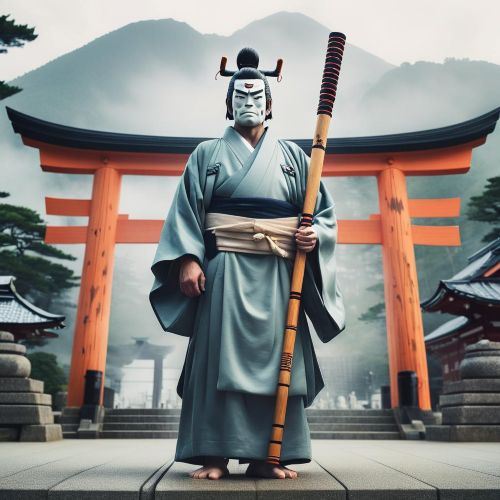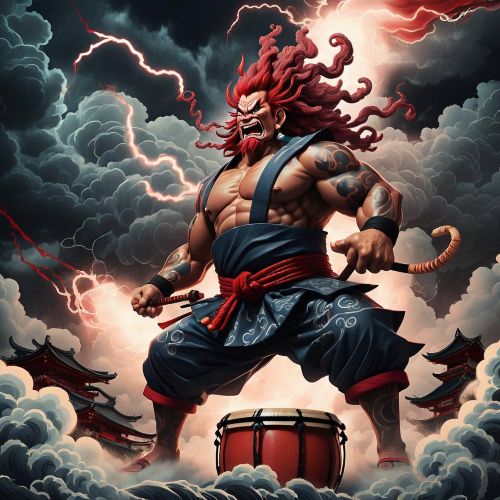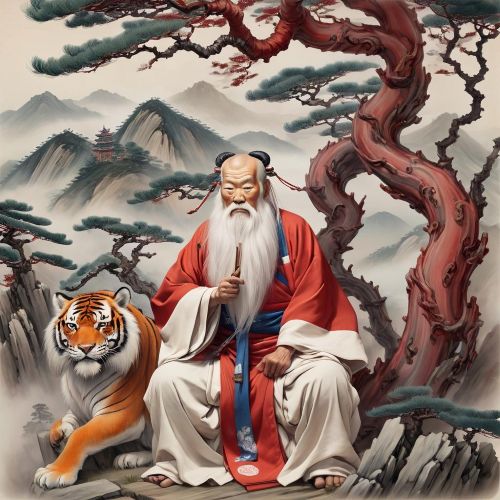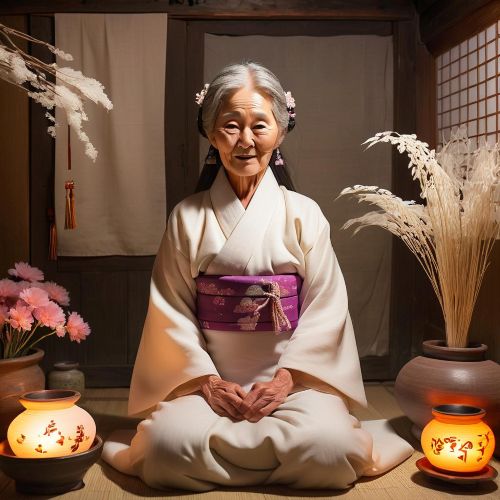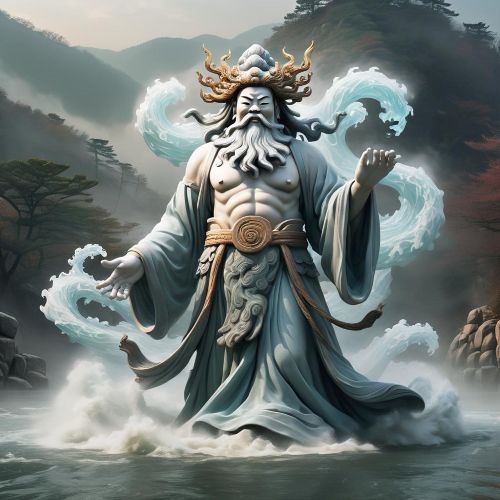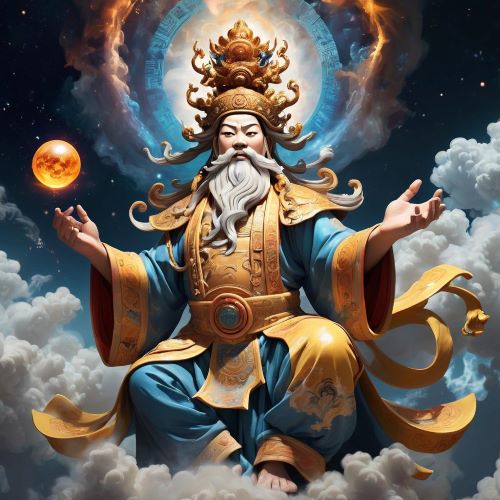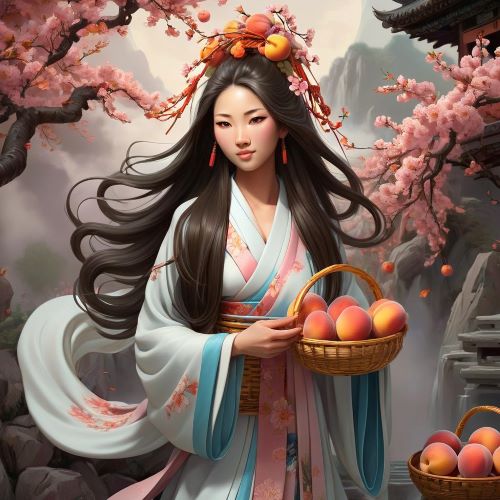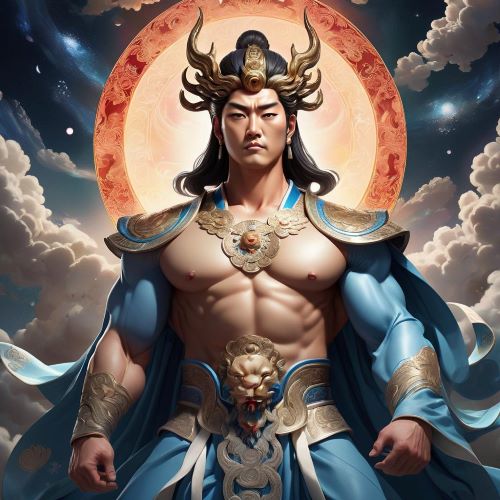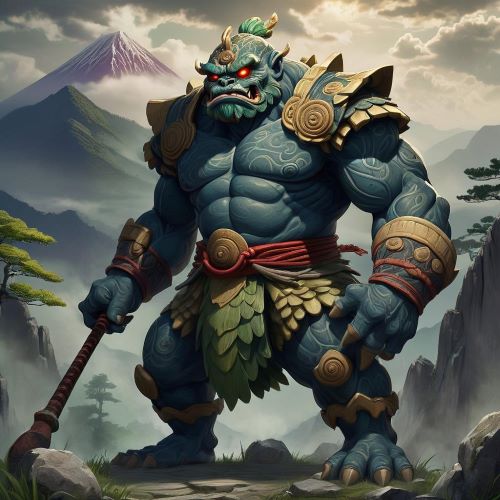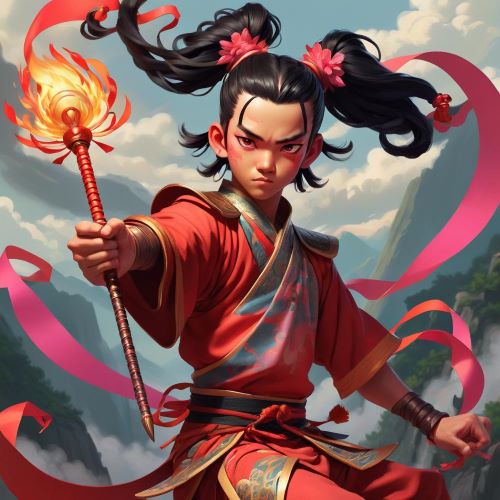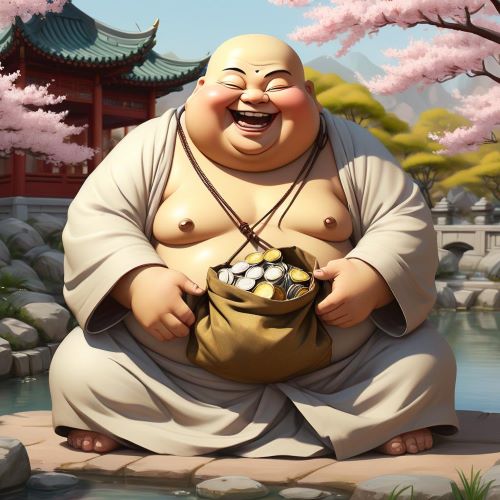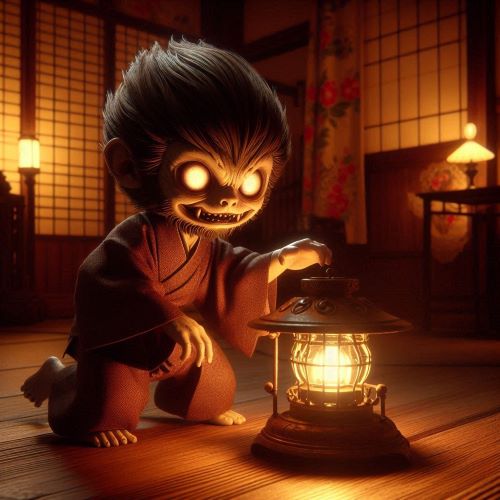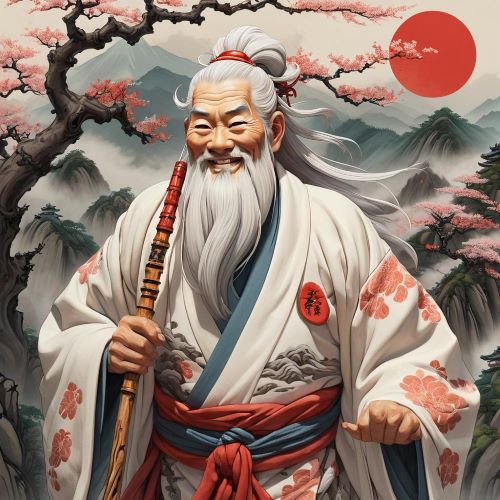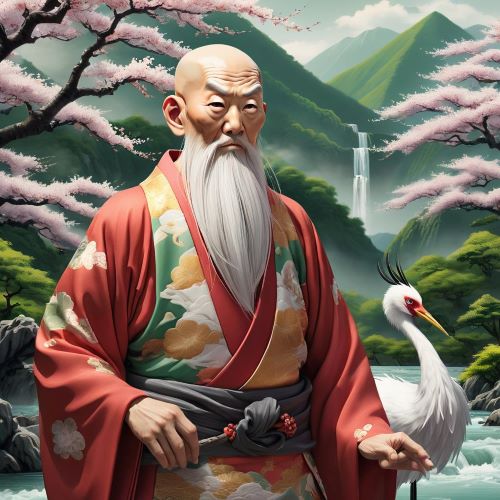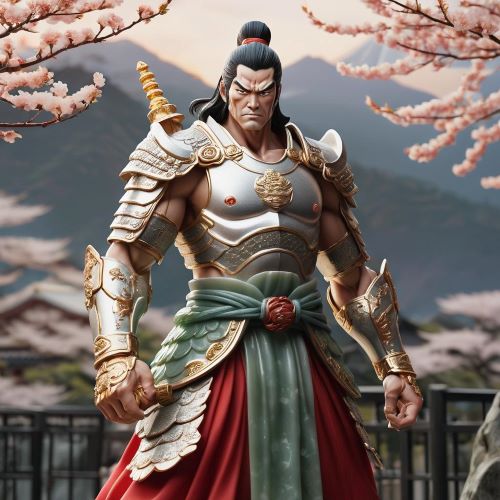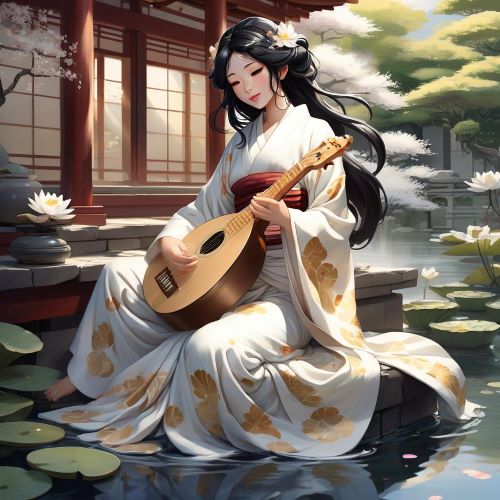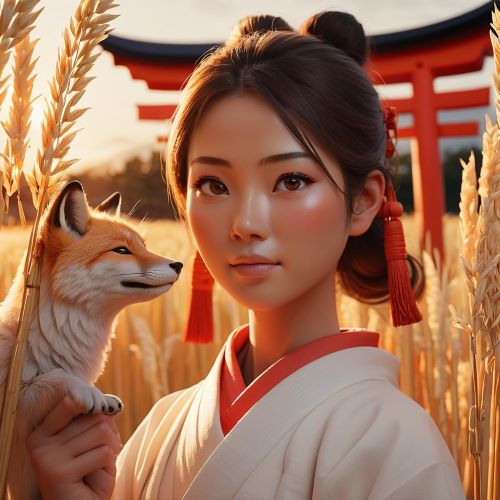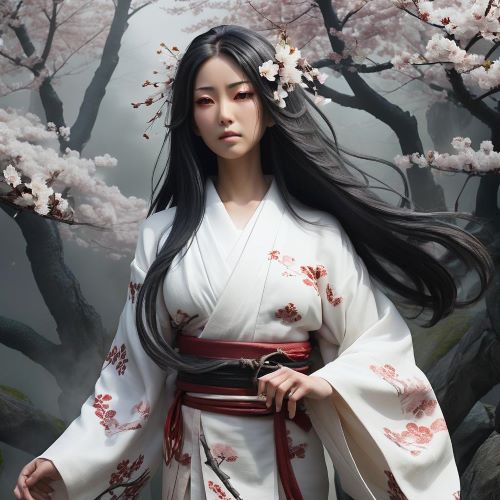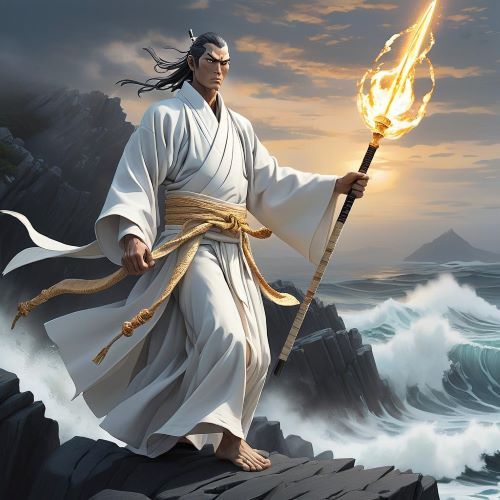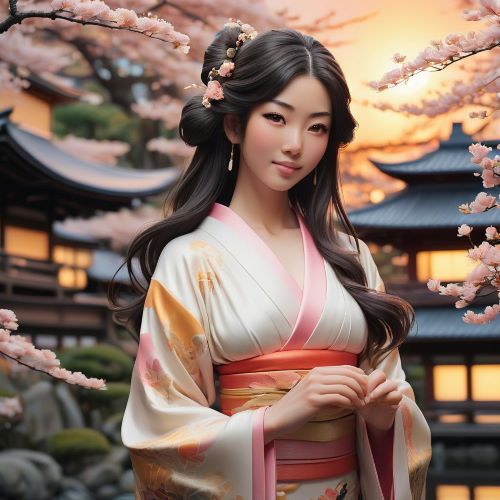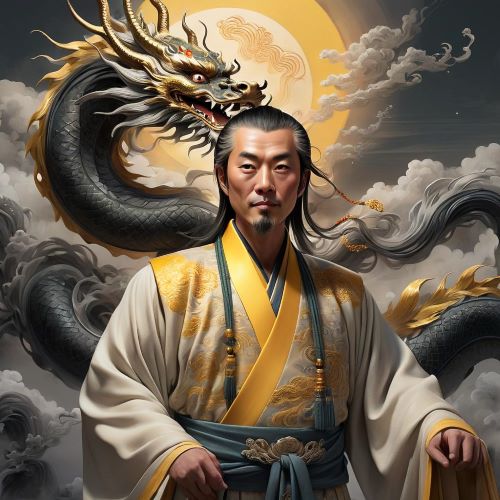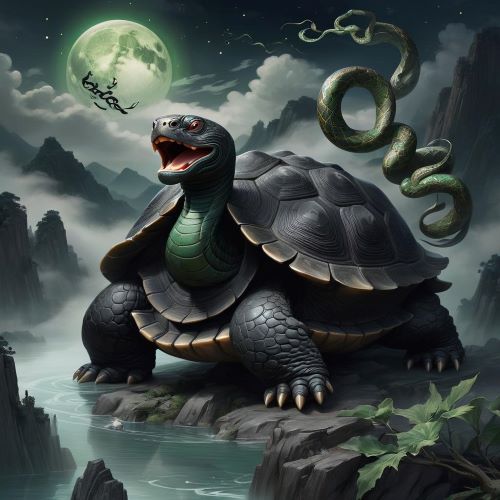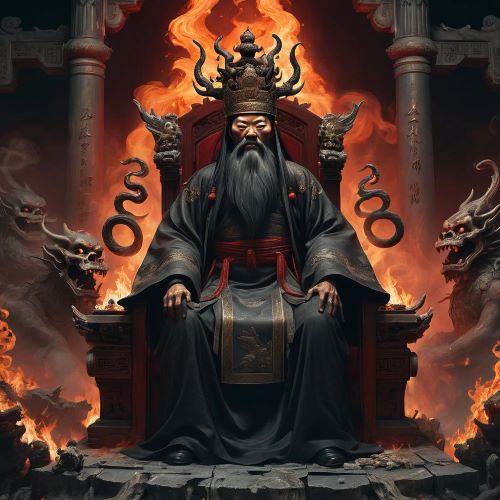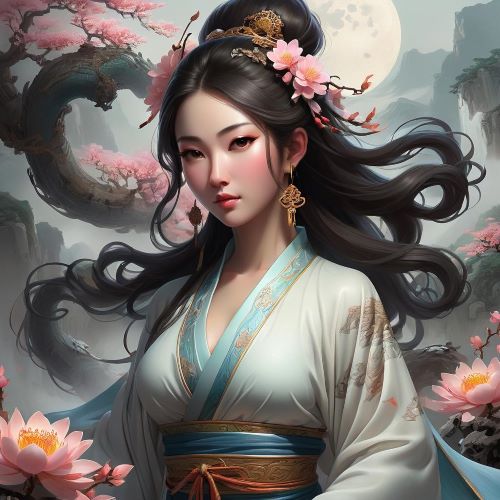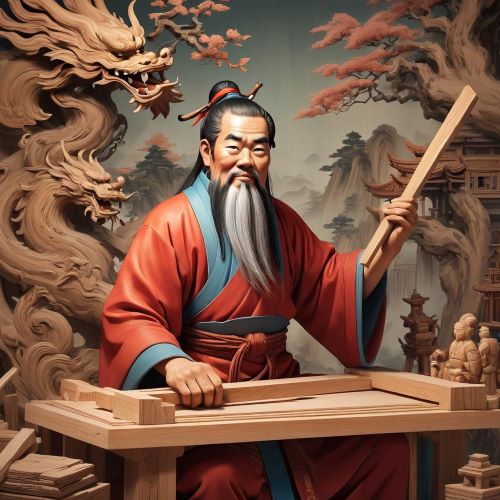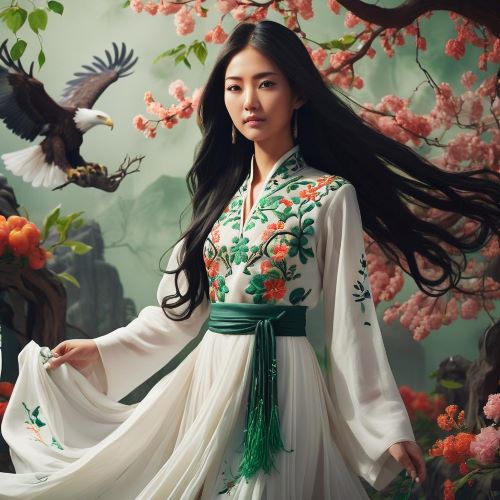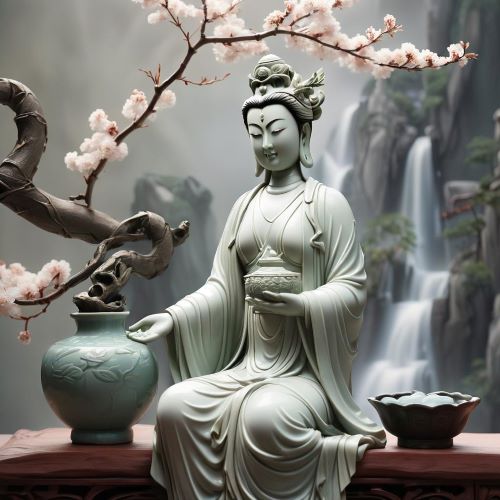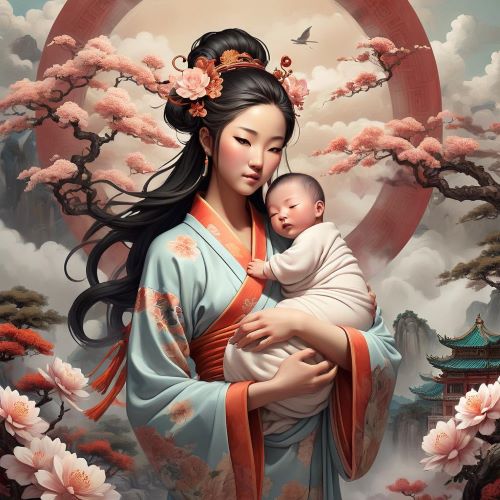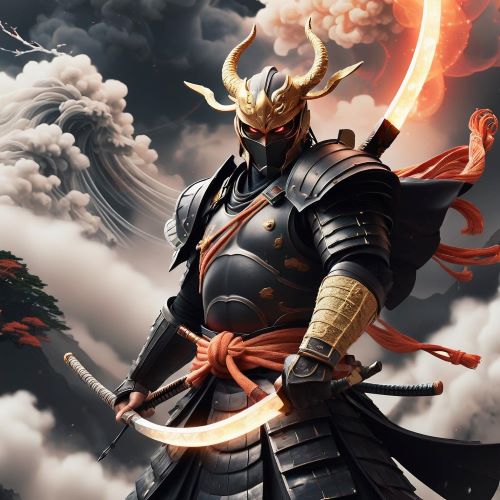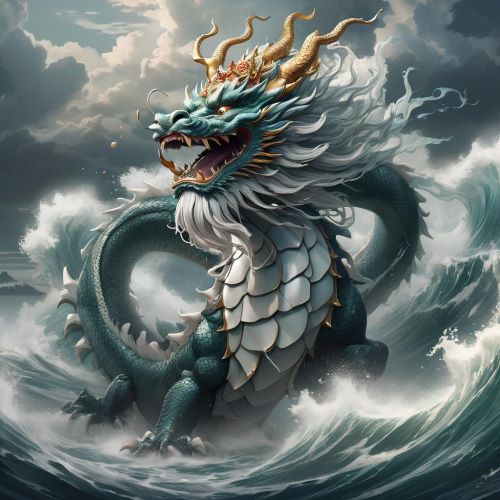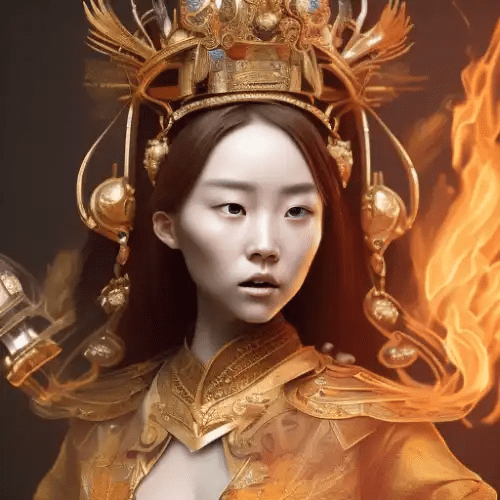East Asian Gods
East Asian Gods form a vast and diverse pantheon that reflects the rich spiritual traditions of countries such as China, Japan, and Korea. These deities are deeply tied to the natural and cosmic order, embodying forces that govern the heavens, the earth, and human destiny. East Asian Gods appear in creation myths, tales of war and peace, and stories that teach values of respect, harmony, and resilience. They are not distant or abstract figures but beings who remain closely involved in the daily lives of mortals, offering blessings, guidance, and sometimes warnings to ensure balance between the physical and spiritual worlds.
In Chinese mythology, East Asian Gods include central figures such as the Jade Emperor, ruler of heaven, who presides over all other deities and spirits. Gods of thunder, rain, and the earth reflect the importance of natural forces in shaping human life, while deities of fortune and longevity embody the values of prosperity and well-being. In Japanese traditions, the Shinto pantheon is filled with kami, or divine beings, each associated with specific aspects of nature or human activity. Amaterasu, the sun goddess, and Susanoo, the storm god, are among the most famous East Asian Gods, embodying the dual forces of light and chaos. Korean mythology also features gods tied to mountains, rivers, and ancestral spirits, showing the region’s strong connection to landscape and heritage.
East Asian Gods are often portrayed as complex beings with both benevolent and destructive aspects. Some serve as protectors who ensure fertility, health, and peace, while others embody the harsh realities of storms, disease, or conflict. Their dual nature reflects the balance that lies at the heart of East Asian philosophies, where harmony is achieved not by denying struggle but by accepting it as part of life’s rhythm. Myths of these gods often highlight the consequences of human actions, showing how respect for divine powers leads to blessings while arrogance or neglect can invite misfortune.
Rituals and ceremonies dedicated to East Asian Gods have been central to cultural and religious life for centuries. Temples, shrines, and festivals honor their presence, with offerings of food, incense, and prayer maintaining the bond between humans and the divine. Priests, shamans, and monks act as intermediaries, ensuring that the gods are properly respected and their blessings received. These practices reinforced social values and cultural identity, ensuring that the stories and significance of East Asian Gods were passed down through generations. Their myths and rituals remain a foundation for understanding the region’s traditions and beliefs.
Today, East Asian Gods continue to hold great cultural and spiritual importance, influencing not only religious practice but also literature, art, and popular media. They appear in novels, films, anime, and video games, captivating global audiences with their rich symbolism and enduring power. Festivals across East Asia still celebrate these deities, showing how ancient traditions remain alive in modern culture. East Asian Gods embody the timeless human desire to understand the universe and maintain harmony with its forces, ensuring their legends endure as a cornerstone of mythology and cultural identity.
- 1
- 2
East Asian Gods form a vast and diverse pantheon that reflects the rich spiritual traditions of countries such as China, Japan, and Korea. These deities are deeply tied to the natural and cosmic order, embodying forces that govern the heavens, the earth, and human destiny. East Asian Gods appear in creation myths, tales of war and peace, and stories that teach values of respect, harmony, and resilience. They are not distant or abstract figures but beings who remain closely involved in the daily lives of mortals, offering blessings, guidance, and sometimes warnings to ensure balance between the physical and spiritual worlds.
In Chinese mythology, East Asian Gods include central figures such as the Jade Emperor, ruler of heaven, who presides over all other deities and spirits. Gods of thunder, rain, and the earth reflect the importance of natural forces in shaping human life, while deities of fortune and longevity embody the values of prosperity and well-being. In Japanese traditions, the Shinto pantheon is filled with kami, or divine beings, each associated with specific aspects of nature or human activity. Amaterasu, the sun goddess, and Susanoo, the storm god, are among the most famous East Asian Gods, embodying the dual forces of light and chaos. Korean mythology also features gods tied to mountains, rivers, and ancestral spirits, showing the region’s strong connection to landscape and heritage.
East Asian Gods are often portrayed as complex beings with both benevolent and destructive aspects. Some serve as protectors who ensure fertility, health, and peace, while others embody the harsh realities of storms, disease, or conflict. Their dual nature reflects the balance that lies at the heart of East Asian philosophies, where harmony is achieved not by denying struggle but by accepting it as part of life’s rhythm. Myths of these gods often highlight the consequences of human actions, showing how respect for divine powers leads to blessings while arrogance or neglect can invite misfortune.
Rituals and ceremonies dedicated to East Asian Gods have been central to cultural and religious life for centuries. Temples, shrines, and festivals honor their presence, with offerings of food, incense, and prayer maintaining the bond between humans and the divine. Priests, shamans, and monks act as intermediaries, ensuring that the gods are properly respected and their blessings received. These practices reinforced social values and cultural identity, ensuring that the stories and significance of East Asian Gods were passed down through generations. Their myths and rituals remain a foundation for understanding the region’s traditions and beliefs.
Today, East Asian Gods continue to hold great cultural and spiritual importance, influencing not only religious practice but also literature, art, and popular media. They appear in novels, films, anime, and video games, captivating global audiences with their rich symbolism and enduring power. Festivals across East Asia still celebrate these deities, showing how ancient traditions remain alive in modern culture. East Asian Gods embody the timeless human desire to understand the universe and maintain harmony with its forces, ensuring their legends endure as a cornerstone of mythology and cultural identity.


